My new Financial Times column on the creation of a science commons is now up. For the ungated version, read on…
Who steals the gene from off the common
By James Boyle
Published: August 30 2010 23:31 | Last updated: August 30 2010 23:31
The law locks up the man or woman
Who steals the goose from off the common
But leaves the greater villain loose
Who steals the common from off the goose.
The anonymous poem above was written in protest at the enclosure of common land in England – the process of converting the commons to private property and handing it over to a single proprietor. In two rhyming couplets, the poet managed to sum up the massive resentment felt by the commoners, resentment that has found eloquent expression over the last 500 years at the hands of writers as diverse as St Thomas More and Karl Polanyi.
Economists have told a very different story, however. With a few significant recent exceptions, they portrayed the process of enclosure as benign. Private property avoided the “tragedies of the commons” such as underinvestment and overuse. Thus it allowed an expansion of productive capacity that produced more social wealth – even if unevenly distributed – and helped feed more people. Enclosure, in this story, was a triumph; getting unproductive common resources back into the engine of the market.
In the last 20 years, the enclosure wars have been fought all over again; this time over the human genome rather than the grassy meadows of Old England. The critics of enclosure have condemned a “genetic land grab” that promised to privatize the common heritage of mankind, even as the defenders argued that patents over genes were necessary to spur investment and jump start biotech innovation. One branch of the debate was frankly moral, protesting the hubris and in some eyes, heresy, of claiming to own the human genome.
But another branch of the debate concerned the economic effects of intellectual property rights over basic genetic sequences. Would they indeed spur innovation? Or was this the equivalent of privatizing the alphabet or algebra, introducing a tangle of property rights into the most fundamental building blocks of research science, and actually thus slowing down innovation. After all, unlike a goose or a field, a gene sequence can be used by many scientists at once.
But something has changed in the wars over the genome and over ownership of basic biological sequences and data. In fits and starts, in public and private initiatives, the beginnings of a new consensus is emerging – something on which both sides of the debate can agree.
A story in the New York Times last week provides a perfect example. Entitled “Rare Sharing of Data Led to Results on Alzheimers” it describes an ambitious ten year initiative, uniting academics and commercial researchers in an effort to unlock the secrets of that debilitating disease. The key to the initiative was not the money involved, or even the public-private partnership. It was that all the participants agreed to share the data they discovered “making every single finding public immediately, available to anyone with a computer anywhere in the world.”
No one would own the data. No one could submit patent applications, though private companies would ultimately profit from any drugs or imaging tests developed as a result of the effort.” Ten years on, the project is producing results, a cascade of articles and experiments that are unraveling the mysteries of disease biology. With the causes of the disease better understood, all the parties – including the private pharmaceutical companies looking for competing cures – are better off.
Companies who had watched their drug pipelines dry up began to wonder if the old model of in-house development and jealous guarding of data could work to unlock such complex biological mysteries. And they were so convinced of this fact, they actually agreed to fund a large part of the effort, extending the norms of basic research science deep into a public-private collaboration.
The idea here is not to give up property rights. They will be essential in the development of therapies down the line. It is the realization that science – and commerce – will benefit from the establishment of a pre-competitive commons, a pool of information from which all can draw. In this case, by enlisting the National Institutes of Health as “honest broker,” the participants were able to discover and share a wealth of information from which the science will now proceed.
Other initiatives – the Bermuda Accords that guided the public process of sequencing the human genome, the Sage Bionetworks project, or the non-profit organization Science Commons – reflect the same basic idea. (Full disclosure, I was one of the founders of Science Commons.)
Just as public roads enhance the value of private property, so judiciously designed sharing arrangements can help jump-start commercial innovation. The process is complex. How does one guarantee that all can benefit? At what point do we stop sharing and allow privatization and property rights?
But we now have economic and legal tools that help us better understand the complexities of commons’ construction. Indeed, Elinor Ostrom won the Nobel Prize for Economics in 2009 for her work in exactly that field. The enterprise is not an ideological war but a pragmatic process of design.
The poem with which I began concludes with these lines. “And geese will still a common lack, Til’ they go and steal it back.” Hundreds of years after the first enclosure movement, science and industry are “stealing back” a science commons from which we all can benefit.
James Boyle is the author of The Public Domain: Enclosing the Commons of the Mind which is freely available here. You can read more on the Second Enclosure Movement — including the rest of the poem — here.
The nice folk at the Financial Times, where I write a column, have an enlightened attitude towards copyright. When they arranged for me to be a columnist, they agreed to let me keep the copyright and to make articles available under a Creative Commons license. This is one of my recent columns for the FT. If you find it of interest, you might want to reward them by checking out https://www.ft.com/techforum There is lots more there.

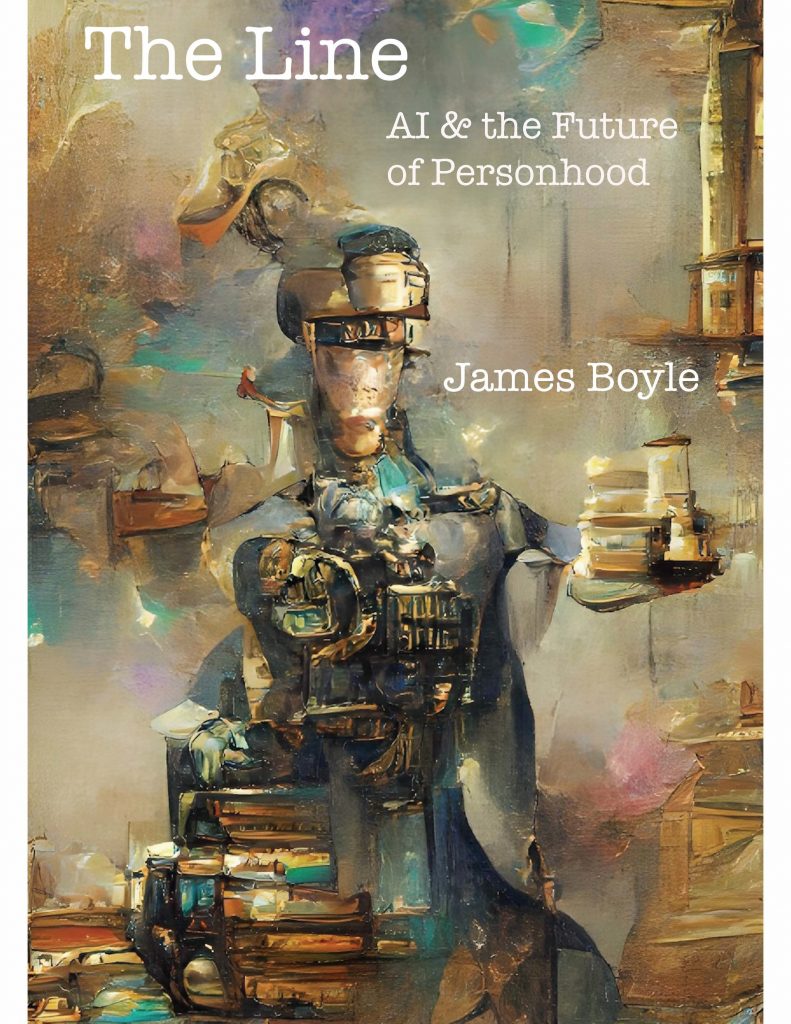

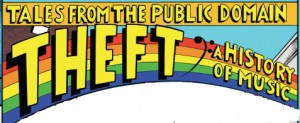
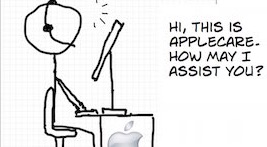

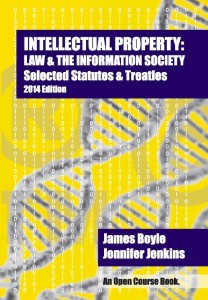

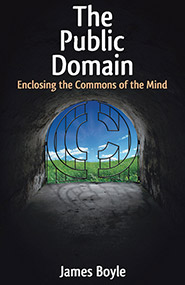
[…] because I missed it five months ago. But recent weeks have brought some renewed analysis, including this essay on sharing scientific data and this discussion of what exactly is under scrutiny in a (different) gene patent case. […]